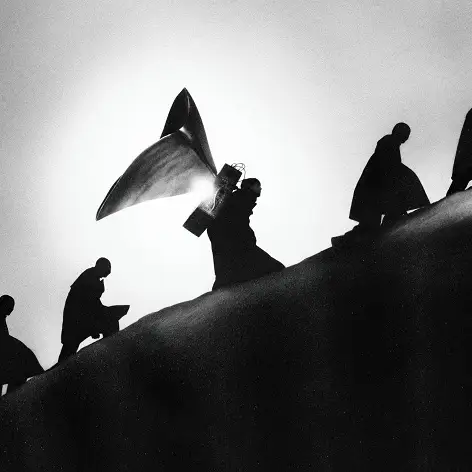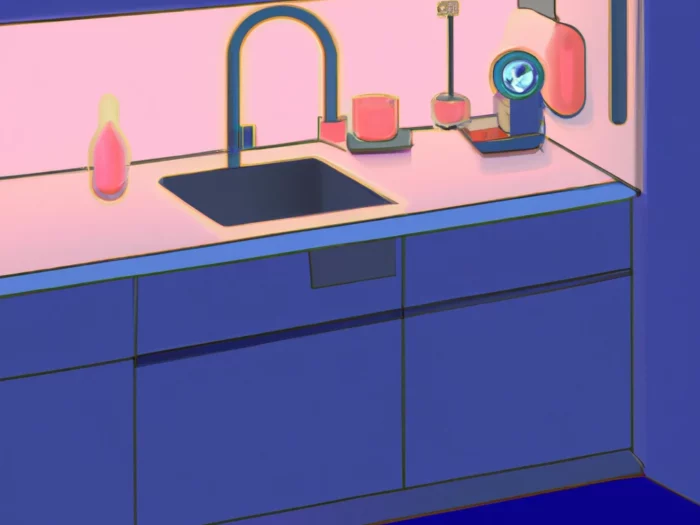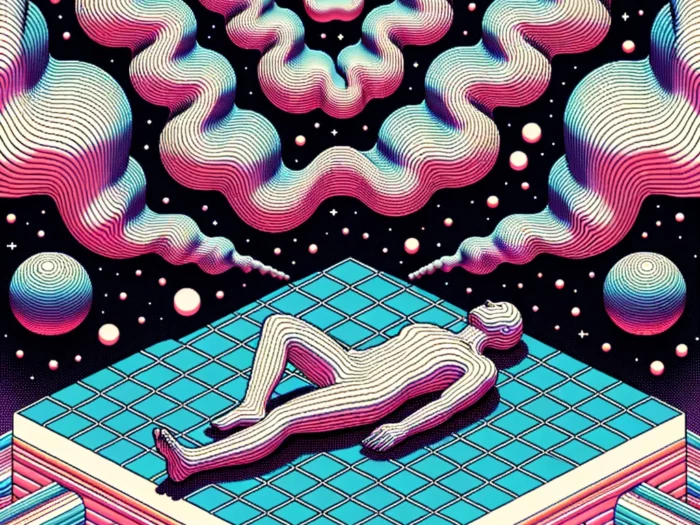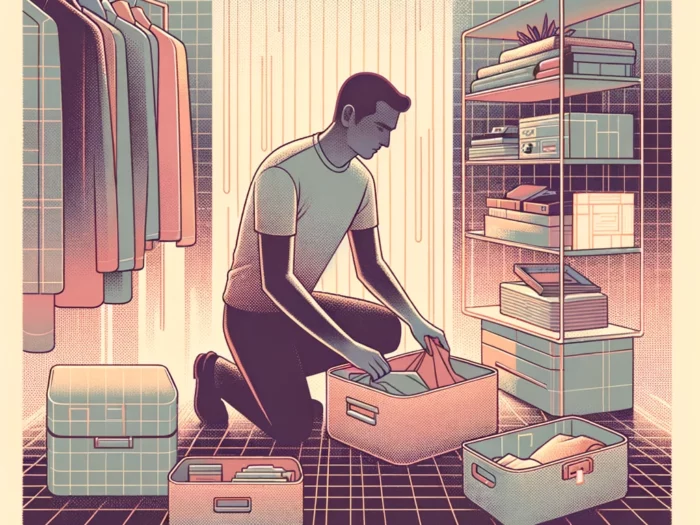7.9
Diving into Playing Robots Into Heaven, we’re immediately transported into the intricate world of James Blake. This album feels like a homecoming, with Blake revisiting the electronic roots that first catapulted him into the limelight. Collaborations with producer Rodaidh McDonald add a touch of modernity, reminiscent of contemporary electronic giants.
Blake’s early works were characterized by a unique tension, a delicate balance of space and sound that felt both vast and intimate. His debut album, with its atmospheric allure, set him apart, leading to collaborations with industry giants like Beyoncé, Frank Ocean, and Vince Staples. As his career progressed, Blake’s sound evolved, moving away from the minimalist charm of his early days to a more pop-centric approach.
Playing Robots Into Heaven feels like a reconnection with his origins, yet it’s not a mere nostalgic trip. The album is rooted in Blake’s experiences on tour, with many tracks originating from modular synth sketches created during downtime between shows. These sketches, initially tools for his DJ sets, evolved into the dance-centric tracks that form the album’s core. The result is a blend of dubstep, techno, house, and ambient sounds, all infused with Blake’s signature melancholic touch.
Blake’s expertise in manipulating his voice to create texture and emotion is evident throughout the album. He employs a collage-like approach, remixing and warping vocal samples to craft tracks that resonate with emotion. Songs like “Asking to Break” and “Loading” exemplify this technique, with fragmented lyrics and melodies coming together to tell a cohesive story.
The album’s improvisational spirit shines through, even in its most polished tracks. Songs like “Fire the Editor” and “If You Can Hear Me” showcase Blake’s experimental side, with unconventional structures and sounds that challenge the listener’s expectations. This willingness to push boundaries gives the album a dynamic, unpredictable energy.
Tracks like “Fall Back” and “Loading” stand out as dancefloor anthems, with infectious grooves that are sure to become fan favorites. “Big Hammer”, with its rhythmic shifts and sampled vocals, is a testament to Blake’s ability to innovate within the electronic genre.
The album’s highlight, “Tell Me”, is a masterclass in electronic production. With its intricate synth patterns, pulsating rhythms, and distorted vocals, it captures the essence of Blake’s musical journey. The track’s emotional depth, combined with its innovative sound design, makes it a standout in an already impressive album.
In Playing Robots Into Heaven, James Blake offers a refreshing take on electronic music, blending his foundational sound with modern innovations. It’s a testament to his growth as an artist and his unwavering commitment to pushing musical boundaries.









